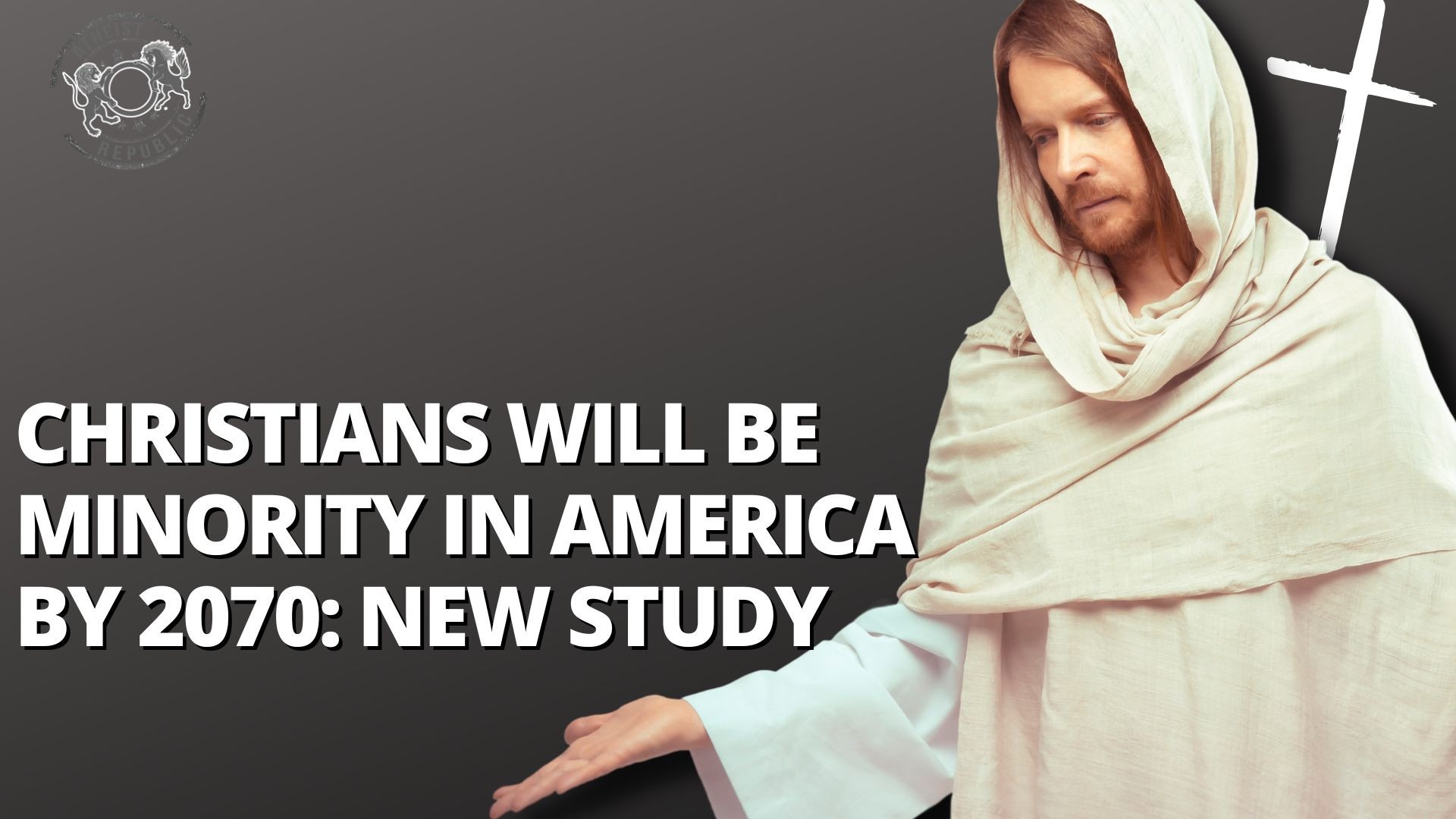
A new Pew study shows that Christianity is on track to becoming a religious minority in America.
The increase in the non-Christian population is also accompanied by a rise in Americans not affiliated with any religion.
According to the Pew Research Center’s recent study, many adult Americans have left Christianity. The trend has been observed by Pew since the 1990s and has been “reshaping the U.S. religious landscape.”
If the current trend continues, Christianity will become a third of the population in as early as 50 years.
The study, Modeling the Future of Religion in America, identified the “switching rates” of more than 15,000 American adults surveyed starting in 2019.
The respondents were asked, “In what religion, if any, were you raised?” and “What is your present religion, if any?”
The resulting difference in the response was then weighted on another research conducted in 2020.
According to Pew, an estimated 64% of Americans, including children, identified as Christians. At the same time, 30% declared that they are unaffiliated with any religion. The remaining six percent were non-Christian religions.
According to Pew, regardless if the “switching” trend slows down or hastens up, it will roughly be the same.
“The projections show Christians of all ages shrinking from 64% to between a little more than half (54%) and just above one-third (35%) of all Americans by 2070.”
However, the study clarified the projected scenario is one of many possible effects.
The birth, age, and sex were also factored in a scenario where the switching increases. The study estimates that most Christians started losing their religious identification between the age of 15 to 29.
The study also simulated other scenarios, such as “No Switching,” “Steady Switching,” “Rising Disaffiliation with Limits,” and “Rising Disaffiliation without Limits.”
These rates of religious switching model what the U.S. landscape would look like if switching stayed at its recent pace, continued to speed up, or suddenly halted: 5/ https://t.co/BELUlKdCdu pic.twitter.com/InenWf4LAY
— Pew Research Center (@pewresearch) September 13, 2022
In the four scenarios, the non-Christian religious population will increase by about 12% to 13%. According to Conrad Hackett, associate director of research and senior demographer at Pew Research Center, migration may also impact the increase of non-Christians in the U.S.
“The future is uncertain, and it is possible for the religious composition of the United States in 2070 to fall outside the ranges projected,” Hackett added.
The projections may also be affected by war, economic depression, climate crisis, changing immigration patterns, or religious innovations.
